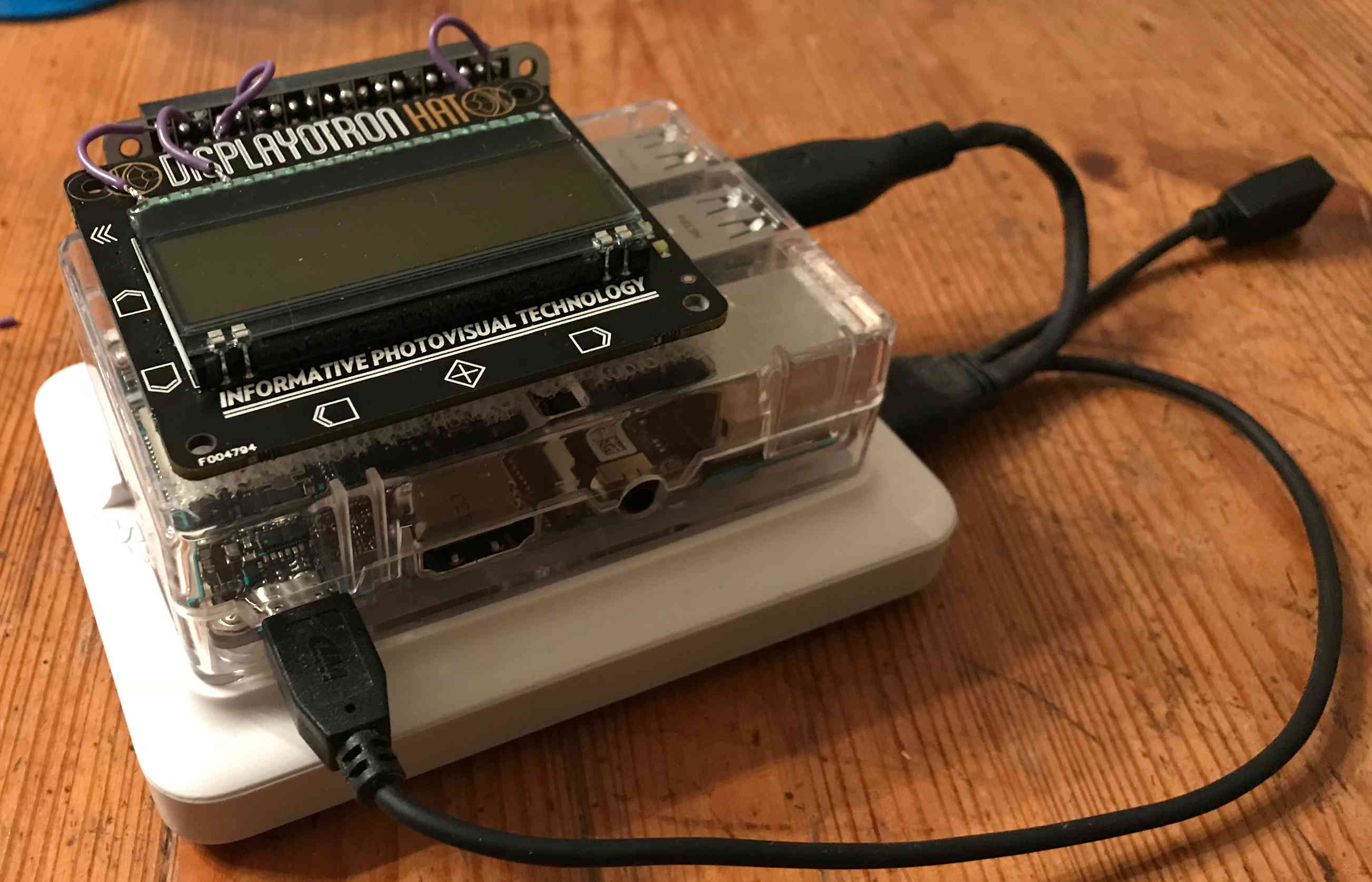A lot of changes have happened to bittyblog over the past couple months. It has finally got to a place that I'm happy with so there probably won't be any more updates for a while.
So what has changed? Here's a quick list:
- Tags: both posts and pages can have tags associated with them. Adding tags to pages will have that page show all posts containing that tag. A pretty handy feature for creating subpages on a blog for specific topics.
- fastCGI: everything supports fastCGI now for faster response times.
- RSS: adding 'rss' to the query string will return the page results in RSS instead of HTML. RSS isn't something that I really use but I think it's still pretty popular so it's a good feature to have on blogs.
- Caching: bittyblog now has a built-in cache that can be activated for extra fast response times. I got about a 5-fold increase in the number of processed requests when testing on my desktop.
- Misc: lots of other miscellaneous changes and refactors to improve the code and speed.
So with bittyblog in a good spot I've finally launched my new site: LinuxGameNetwork (logo at the top of this post). A blog focusing on all topics related to Linux, gaming, and Linux gaming. My plan is to keep up frequent updates for 6 months and see what how the readership changes; after then I will probably re-evaluate what my goals for the site should be.
In the meantime please check it out if you are interested in Linux gaming and subscribe to the RSS feed if you're into that.





